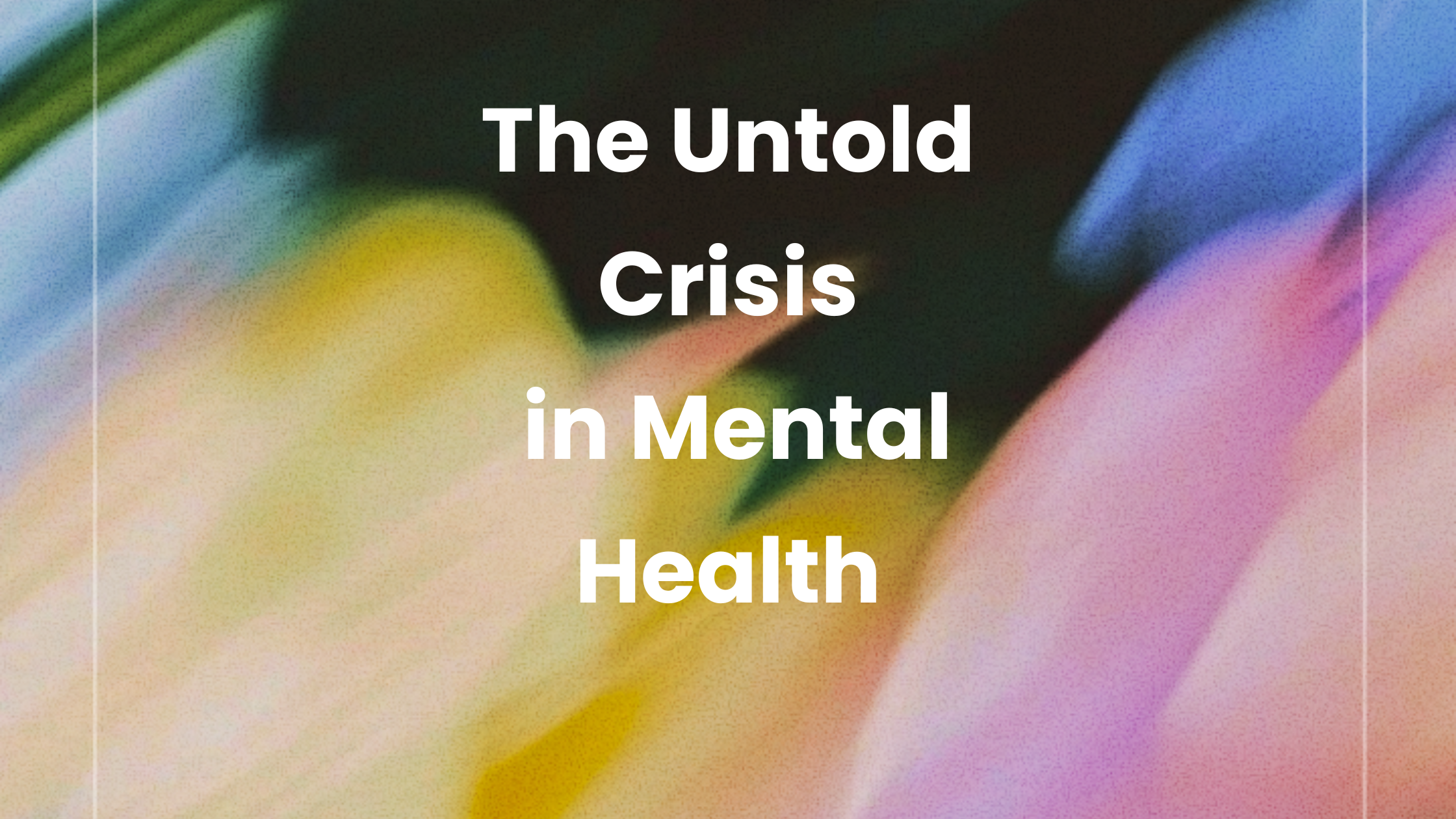Why Mental Health Systems Fail the People Who Need Them Most
August 20, 2025

The Untold Crisis in Mental Health
Millions of people search for help every year, but most never receive the support they need. The truth is not that people don’t want therapy. It is that the system meant to provide care is broken. From long waitlists to outdated therapy models, the mental health gap keeps widening.
This is called the therapy gap, the space between people who need care and those who actually get meaningful support.
The Size of the Problem
- 1 in 5 adults in the US and UK live with a mental health condition, but less than half receive treatment.
- Average wait times for therapy can stretch from weeks to months.
- Even when therapy starts, dropout rates are high because the system doesn’t fit modern lifestyles.
This gap is not just numbers. It is lost years of productivity, strained relationships, and silent suffering.
Why Mental Health Systems Are Failing
1. Long Waitlists and Shortages
Demand has outpaced supply. In many cities, people wait 2–3 months just for an initial session. By then, motivation is gone or the crisis has worsened.
2. Outdated Therapy Models
Traditional weekly, in-person sessions were built decades ago. They don’t fit today’s world where young adults switch between online, hybrid, and flexible modes.
3. Cost Barriers
Insurance coverage is inconsistent. Private sessions are expensive, leaving many to drop out halfway.
4. Lack of Personalization
Therapy often treats everyone the same, ignoring cultural context, personal history, or even learning style. A high-functioning professional and a college student cannot be expected to engage the same way.
The Real-World Impact of the Gap
- Unmet demand leads to worsening mental health crises.
- Burnout in professionals who cannot find practical therapy formats.
- Stigma reinforced because people think therapy “just doesn’t work.”
The therapy gap is not a failure of individuals. It is a structural failure of systems that were not built for today’s realities.
How Therapy Must Change
1. Build Flexible Access Points
Platforms must allow people to start small; whether it is a chat, a voice note, or avatar-based therapy. Lowering the entry barrier keeps people engaged.
2. Personalization Through Data and AI
AI can help match users with the right format, right therapist, and right approach, instead of defaulting to one model.
3. Shorter, Impact-Driven Interactions
Not everyone needs 60-minute weekly sessions. For many, 15 minutes of focused support can be more effective.
Looking Ahead
The mental health crisis will not be solved by adding more of the same. It needs new formats, adaptive systems, and platforms that meet people where they are. The future of therapy is not about replacing human therapists but about fixing the broken bridge between need and access.
FAQs (you might've these questions)
Q: What is the therapy gap?
It is the gap between the number of people who need therapy and those who receive effective, timely care.
Q: Why is the mental health system broken?
Long waitlists, outdated models, high costs, and lack of personalization stop people from getting real help.
Q: How can the therapy gap be solved?
By offering flexible entry points, digital-first options, and personalized therapy that adapts to people’s needs.
X
X


Join our free webinar on
toxic relationships
We’ll cover how to spot warning signs, safely step away, and rebuild your confidence
Register here
.png)

Join our free webinar on


Take me to CalmCove






